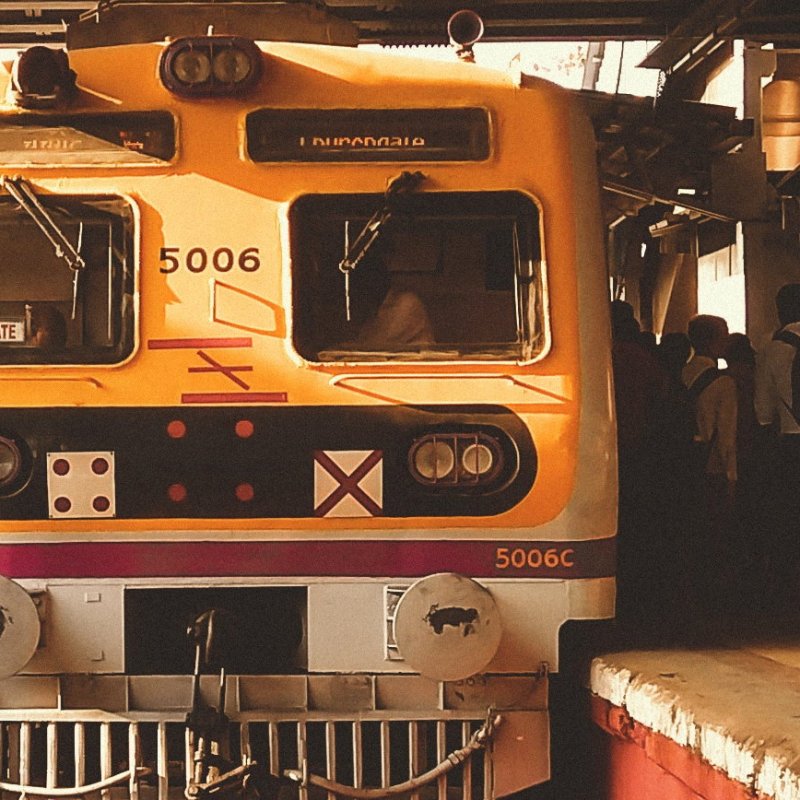One of the world’s oldest continually inhabited cities, Banaras – also known as Kashi in the olden days and officially renamed Varanasi in 1956 – is something of an enigma. The city, which is about 3,000 years old and lies alongside the river Ganga, has special significance for Hindus, who believe that dying in Banaras and being cremated there is the path to attaining moksha. With its many ghats – some, where pilgrims come to bathe and some where the dead are cremated – temples, ancient alleyways and age-old bazaars where one can buy anything from steaming platefuls of kachori-sabzi to handwoven silk sarees, Banaras is a city like no other.
Witten by Nilosree Biswas and Irfan Nabi, and published by Niyogi Books, Banaras: Of Gods, Humans and Stories is a glossy, large-format book where the authors delve deep into the mysteries of Banaras and explore what it’s like to live in such a storied city. Biswas says she was first introduced to Banaras back in the late-1970s, via Satyajit Ray’s Joi Baba Felunath, in which the indefatigable detective Feluda is on holiday in the holy city. ‘Captivated by so many elements, I was curious about everything – those dense, numerous alleys, the overcrowded streets, the innumerable rickety stalls that sold pooja samagri,’ says Biswas, who goes on to describe her fascination with the ancient city’s ghats, the long rows of stone steps that lead up from the ghats to the narrow alleys that are crammed with temples old and new, old, crumbling houses, cows, saree shops, looms weaving fabric the old-fashioned way, dargahs, hole-in-the-wall tea shops, dharamshalas, schools, eateries` and the many, many untold stories held within the city.
The authors accept that understanding Banaras isn’t a simple task. ‘There is abundant mythology, antiquity, informed imagination and a contemporary understanding of Banaras,’ they say, adding that Banaras can be looked at from multiple prisms – that of the Hindu puranas (Kashi Khanda and Kashi Rahasya offer vivid details of the Kashi that once was), that of the erstwhile Mughal empire and its engagement with the ancient city, that of Western travellers and merchants who have been navigating their way through Kashi/Banaras for aeons, that of civil servants of the British Raj, and perhaps many others. ‘Banaras is primarily a people’s narrative, a story that also has a built-in city space consisting of a sacred landscape, designed and created though the combination of reconstructed symbolism, political and cultural stakes, shaping its most noted temples, venerated sites, shrines, fort-palaces, ghats and private houses on the riverfront, around which the city exists till date,’ they say.
The authors trace the history and heritage of Banaras back to its origins in Hindu mythology and mentions in ancient archeology records, references to the city in the Mahabharata, up to Western travellers’ observations recorded during the Mughal era. The story that thus emerges is that of a dynamic city, forever changing, forever adapting and yet, somehow, holding on to its sublime divinity through the ages. Ultimately, Banaras, the city, transcends its borders – its geography / cartography in the physical sense. It’s the city’s ‘spirit’ that makes Banaras what it is and gives it its unique identity. However, the authors note that ‘almost all the major architectural signifiers of Banaras were created not before the 13th century, but between the 16th-19th century time-frame, including the most revered temples of Vishweshwar, that is, the Kashi Vishwanath and the Bindu Madhav temple.’ They also speak of the city’s architecture, which they say is ‘a language of authority, regimes, visual representations and the projection of power dynamics.’ The authors take cognizance of various emperors, mansabdars, nawabs, Brahmin leaders and others in shaping Banaras over the ages. ‘These contributions were shaped by both financial investments and power influences, as well as evolving religious and ritual practices,’ they say.
Stepping sideways, the authors also explore the all-important role that the river Ganga has played in shaping and influencing the evolution of Banaras. ‘As the river nearly encircles the city, its mere presence heightens the austerity of the location, associating a sense of spellbinding to the most unfamiliar and distant visitor of Banaras. Standing on the Chausatti Ghat on one end or Panchaganga Ghat on the other, one gets to witness the flowing river that’s almost like an ocean,’ they say. ‘The connect with Ganga is the strongest for all who seek her blessings as well as all who have traversed her waters. No tradition of the Hindus is complete without her, no voyager or merchant who has sailed through the Ganges can forget the experience,’ they add. About the famous ghats of Banaras, they say, ‘If Dasashwamedha is about the beginning, celebration and vibrancy of life, then Manikarnika is about supreme fulfillment, the climax of the earthly lifecycle. The ghat, to a believer, is a symbol of the journey of transience.’
In subsequent chapters, the authors talk of Banaras as a hub of commerce – the city’s artisans and craftsmen, the karigars who weave magic with silk, the masters who handmake musical instruments like the tabla, dholak, sitar and sarod, and those who make brass utensils that can last a lifetime and more. They also describe how old techniques and traditions are gradually disappearing, unable to stand their ground in the face of newer, more efficient technologies – something that we must all be worried about, something that the powers that be must make an effort to preserve and protect, lest the arts of Banaras be lost forever in the mists of time.
Most of what you might have hoped to know – and understand – about Banaras, the city, its history, its crafts and the lives of its people, you’ll find in this book. It’s a bit like a well-rounded Banarsi meal, replete with the traditional thandi, kachori-sabzi, rabri and, finally, paan. Packed with colour photographs that beautifully illustrate the art, architecture and everyday life of Banaras, this is a book to be savoured at length, at a leisurely pace that befits the holy city of Banaras itself.
Banaras: Of Gods, Humans and Other Stories
Authors: Nilosree Biswas and Irfan Nabi
Format: Hardcover
Number of Pages: 240
Price: Rs 1,125
Publisher: Niyogi Books
Available on Amazon
Book Review: Banaras – Of Gods, Humans and Other Stories







